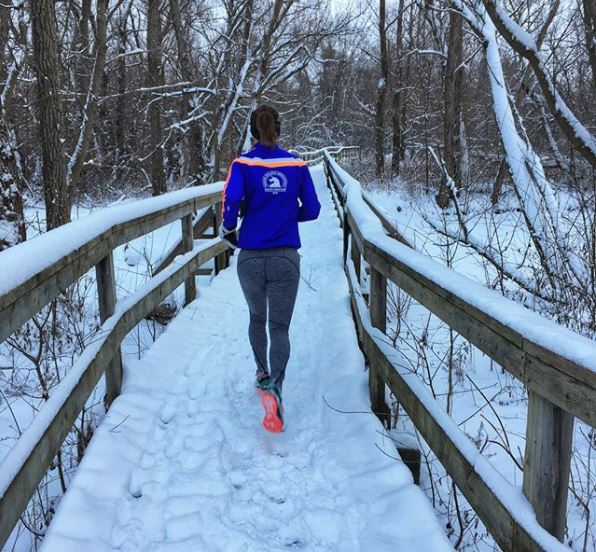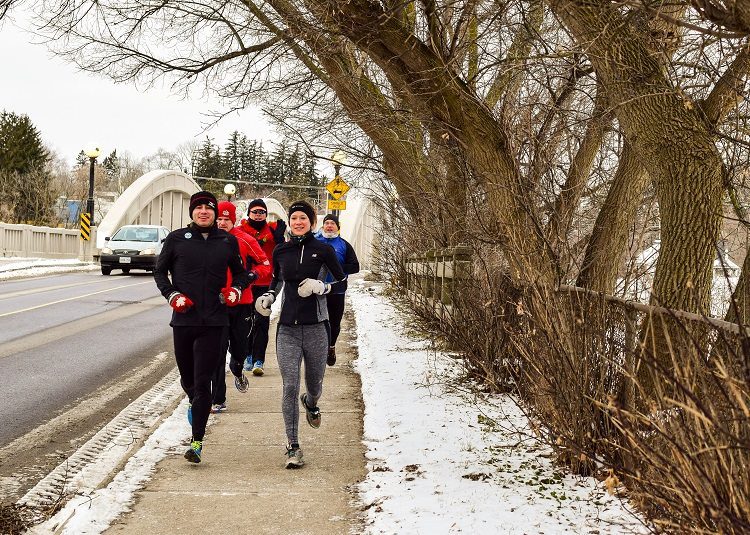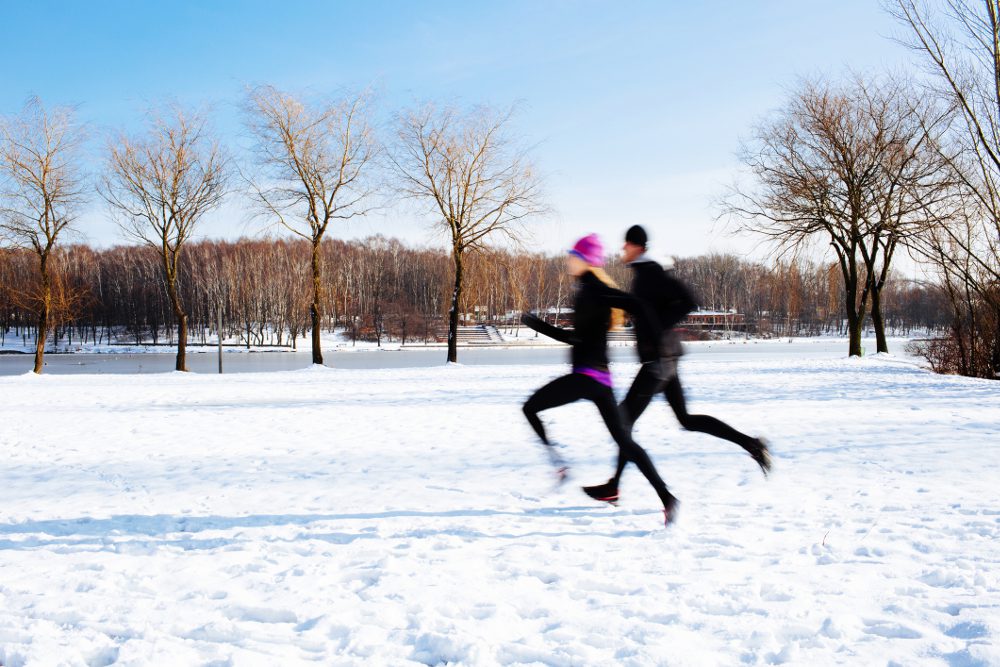Why running cadence is not as important as we thought
New data shows that how quickly we turn over our steps is actually highly individual

For years, coaches have been telling their runners to get their steps per minute up to 180. Ever since running guru Jack Daniels observed that the athletes on the track at the 1984 Olympics all seemed to take at least 180 steps per minute, this somehow became the magic number that all runners should aspire to, without there being any real evidence for it. In a recent post for Outsideonline.com, science journalist Alex Hutchinson reports on a new study that pretty much negates the long-held belief that runners should take 180 steps per minute.
RELATED: Shorter steps, higher turnover may reduce your risk of injury
We took data from the top runners at the 100k World Championships in 2016 to study their cadence patterns throughout the race. @sweatscience just did a wonderful write-up on the study! Check it out: https://t.co/Hrf1NivzpG
— Geoff Burns (@geoffreyburns) December 28, 2018
The research, conducted by Geoff Burns and colleagues at the Michigan Performance Research Laboratory at the University of Michigan and published in the Journal of Applied Physiology, looked at data from 20 athletes from among the top 25 finishers at the 2016 100K championships in Los Alcazares, Spain, of which he himself was one (finishing fifth with a time of 6:38:34).
RELATED: Canada’s Hamulecki breaks Canadian 100K record at world champs in Croatia
Burns collected data from the competitors’ GPS watches and analyzed how their cadences changed throughout the race, which consisted of 10 laps of a mostly flat 10K course, based on their age, sex, height, weight and running experience. The data showed the subjects’ average cadence to be 182.

As Hutchinson points out, however, though the average seems to support the notion of 180 being an ideal minimum, actual values for each individual athlete ranged from 155 steps per minute (averaged over the entire course) to 203–a huge range, considering these two individuals finished within a few minutes of each other after more than six hours of racing.
Two other significant factors emerged: one, taller people (who naturally took longer strides) had lower cadences than shorter people, by a factor of about three steps per extra inch of height. (Similarly, because women are shorter than men, on average, they take shorter steps, which means they have faster cadences.)

And two, the data showed that cadence is dependent on pace–that is, when moving quickly, runners’ cadence was high, and when fatigue slowed them down, their cadence slowed also. This may seem obvious, except that previous studies have shown that runners’ step turnover actually increases when they’re tired, and that wasn’t the case here.
Neither age, nor weight, nor years of running experience had any bearing on cadence.

There is some evidence that taking more steps per minute has a protective effect, and Hutchinson claims many recreational runners’ strides are longer than they should be for maximum efficiency, but, as this study demonstrates, there is no magic number that everyone should aspire to.


